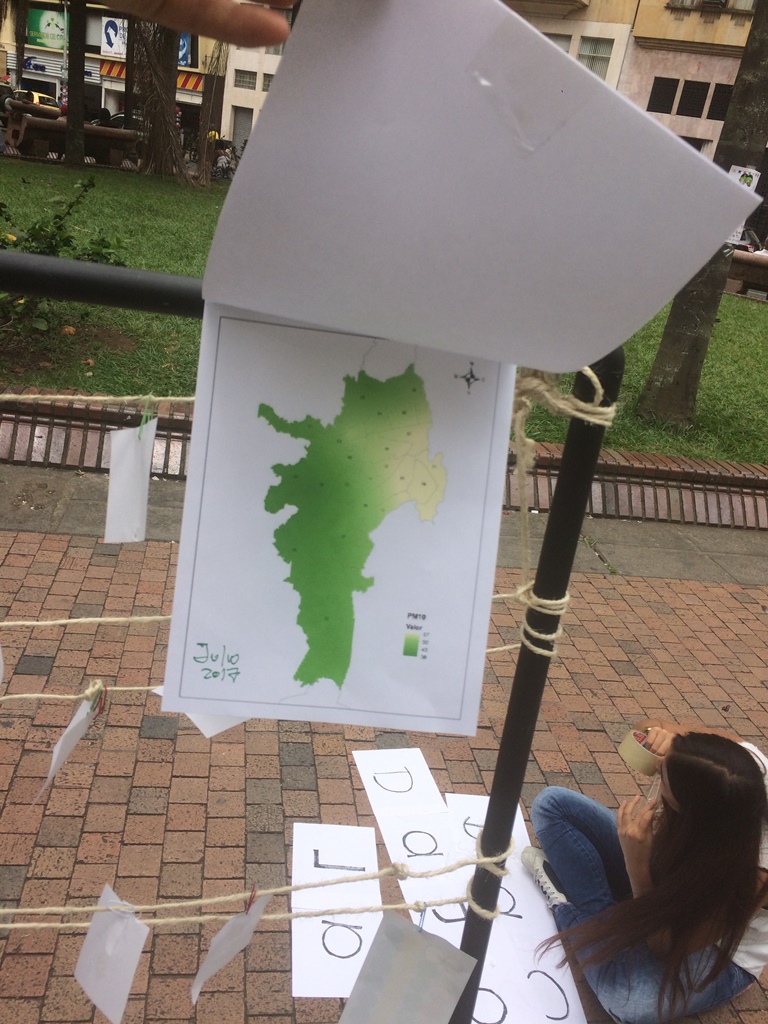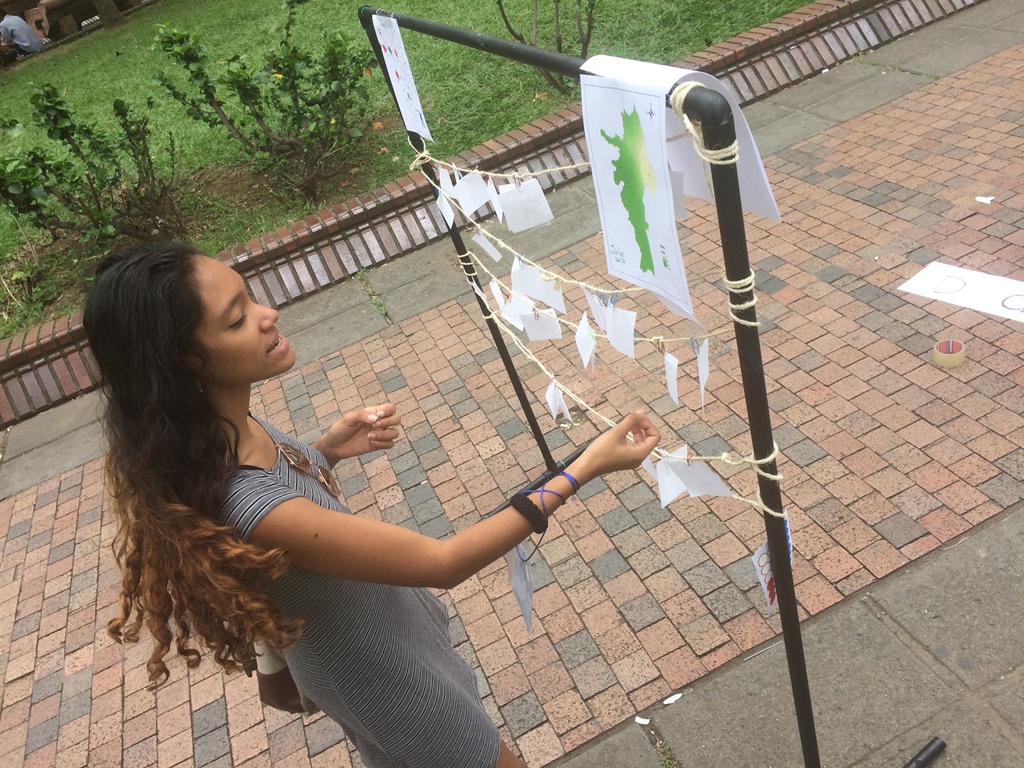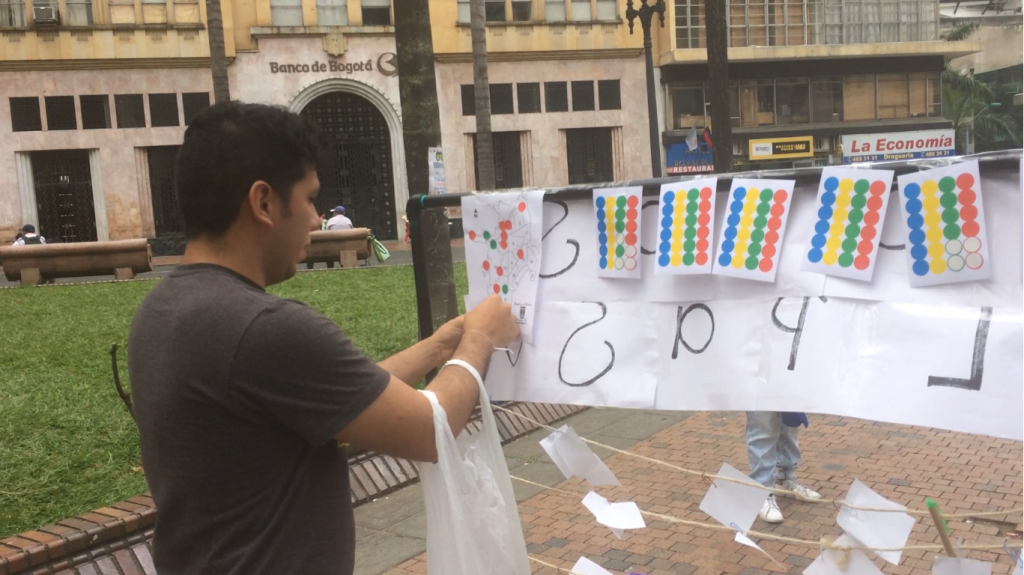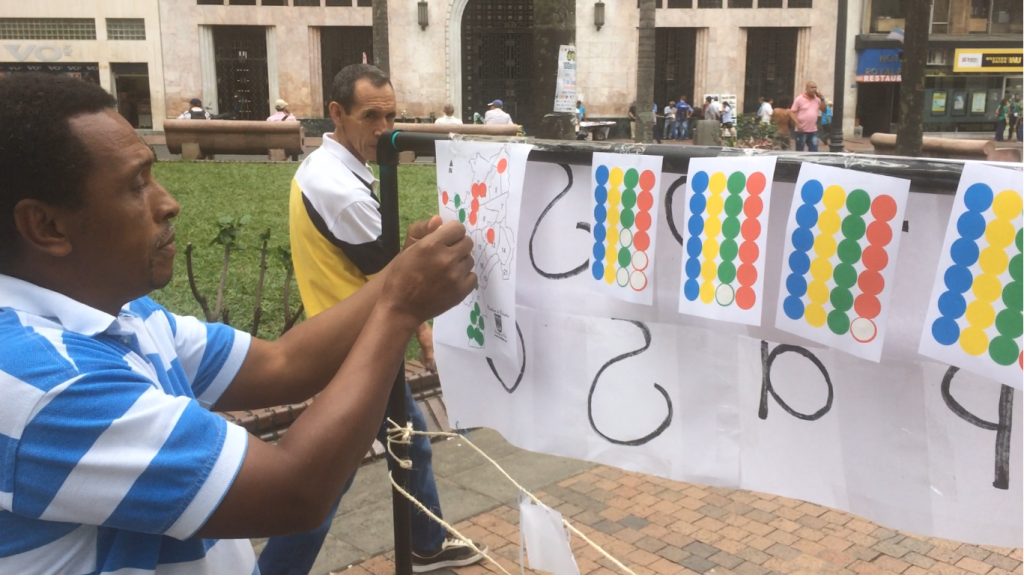This is how you breathe the air in Cali
Special on air quality in Cali in the last seven years (2010 - 2017)
For some years now we have heard that Cali has the best Air Quality Index - ICA in Colombia and one of the best in Latin America, however Cali people do not breathe the same air throughout the city, largely thanks to our Cali breeze . That is why We consulted for this special the air quality data in the last 7 years in the 9 measurement points that the city has.
And it is that air quality has become a central issue from all aspects, especially health. In the latest report from the National Planning Department - DPN, "Health costs associated with environmental degradation for 2015", it states that the 75% of the associated costs are due to urban air pollution equivalent to $15.4 billion pesos, leaving an average of 10,527 deaths. Of these figures, Cali contributes 1,317 deaths with an associated cost of $1.7 billion pesos while the Aburrá Valley 2,105 and Bogotá 3,219.
Faced with this panorama, Engineer Gisela Arizabaleta Moreno, Technical Director of the Air Quality Management Group of DAGMA, affirms that “about 80% of pollution is from mobile sources, that is, from vehicles of any kindThat is why the entity's strategy is with the people because we believe that we can all contribute in one way or another to improve air quality, from using Mio more, planning trips, sharing transportation or using the bicycle ”.
According to the Air Quality indices that are measured in the 21 Surveillance Systems throughout the country, Cali generally has the best indicators. According to the 2011 - 2015 report of the "State of Air Quality in Colombia", carried out by the Ministry of Environment and Sustainable Development together with IDEAM, Cali was the only main city that did not exceed the maximum permissible annual limit of PM10 in any of its stations (Particulate matter less than 10 microns) during the measurement period.
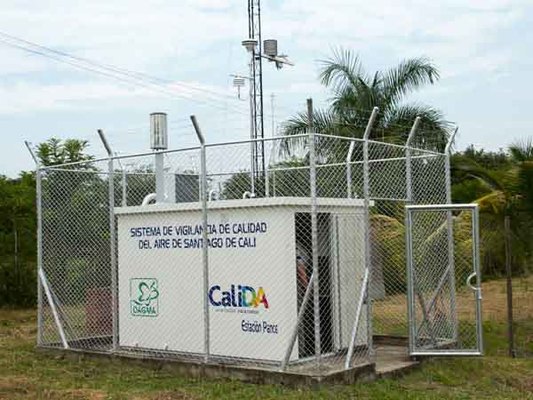
“The Cali ICA is good news for the people of Cali and we should be proud. Although now it is not a concern for citizens because we have never had problems, we cannot neglect ourselves at any time, it must be a heritage. You do not choose the air you breathe, you simply have to breathe, period, wherever you go, you have no other choice.”Says Engineer Arizabaleta.
A direct cause that has been established to have a favorable ICA compared to cities such as Bogotá or Medellín, is the Caleña breeze, that is, the winds that cool the city in the afternoons from the Farallones and the air currents of the Pacific.or that according to the Geologist Daniel Elias Cuartas Arroyave, member of the Group of Epidemiology and Population Health of the Universidad del Valle, “they rotate 360 ° during the day with different intensity but every day of the year and also by having a flat valley facilitates the circulation of air, which does not happen with Medellín, for example, which is a narrow valley ”.
In this special we have systematized and analyzed the open data uploaded in pdf by the DAGMA on the mayoral page (cali.gov.co) to present an overview of the Air Quality in Cali in the last 7 years until July 2017 in each of the monitoring stations with available data.
As measured?
Since 2010, the DAGMA Air Quality Management Group, began with the Air Quality Surveillance System made up of 9 stations located in strategic points of the city that measures daily and hourly pollutants such as Particulate Matter less than 10 microns - PM10, Particulate Matter less than 2.5 microns - PM2.5, Sulfur Dioxide - S02, Nitrogen Dioxide NO2, Tropospheric Oxygen O3 and Meteorology.
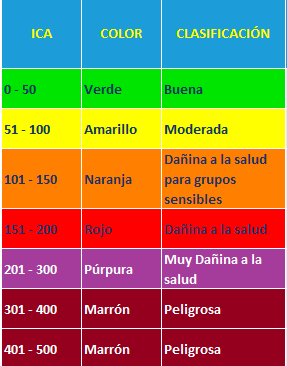
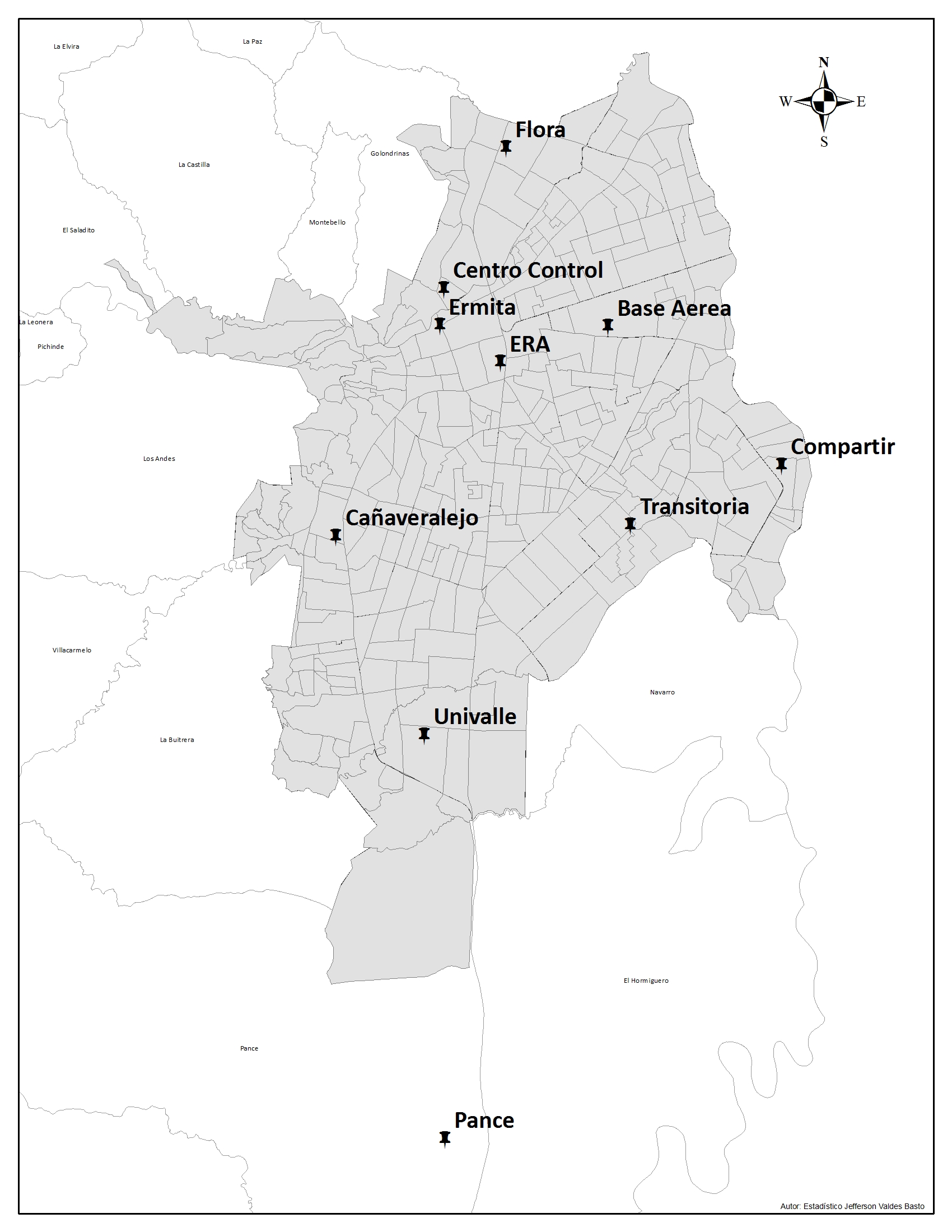
ICA by Station
(February 2010 to July 2017)
Although there is currently no technical study that affirms the causes of the higher ICA indices or polluting sources in Cali, the report of the citizens to the entity and the characterization of the areas where the stations are located can give some indications.
From 2010 to the monthly report of July 2017, in Cali there have been two ICA "harmful to health (red)", the first on June 5, 2010 at the Mobile Station located in the DAGMA Municipal Nursery and the other on August 29 of the same year at Univalle Station. While in the ICA "unfavorable for sensitive groups (orange)" there were 18 incidents, of which 17 occurred in 2010 at the Mobile Station of the DAGMA Municipal Nursery and the other on August 29, 2014 at the Air Base Station, which coincides with the "red alert", the same day that the red alert was presented at Univalle Station, due to the direction of the wind, according to Jefferson Valdés Basto, data analyst for the Air Quality Management Group. He also states that that day there was reported a burning of sugarcane in the rural area of Barrio Valle del Lili, which could have been the polluting source.
Cali is a pioneer
Cali is a national pioneer along with Medellín in the Air Quality Surveillance System. The city was part of the first Air Quality monitoring that was carried out in the country in 1967 by the Ministry of Health through the Pan American Health Organization - PAHO, as part of the project Red Pan American for Standardized Sampling of Air Pollution. Air - REDPANAIRE that mediates in another 13 countries.
PARTICIPATES
What is the perception of air quality in your neighborhood?
On October 21, 2017, WebNoticias participated in the citizen initiative "100 in 1 day Cali 2017" with an activity called "Data to Step". The intention was to share the data of the investigation "This is how you breathe the air in Cali" published last September through a fun activity.
The activity initially consisted of the participant putting a red sticker on a black and white map of the city where he thought it was the area with the most air pollution and a green sticker where he thought there was less pollution.
Then he was shown a map of July 2017 made by the Dagma Air Quality Group so that the citizen could contrast his perception against the latest available data on air quality in Cali. Finally, they could voluntarily leave their suggestions, ideas or data related to air quality in the city that would contribute to further research on the subject.

